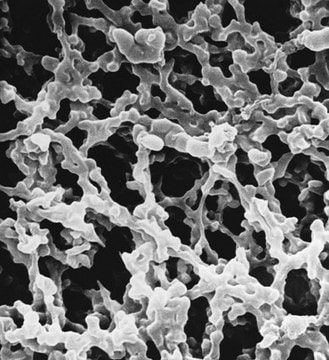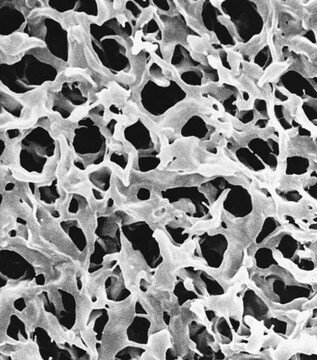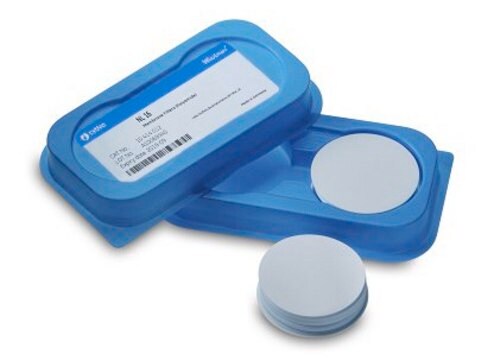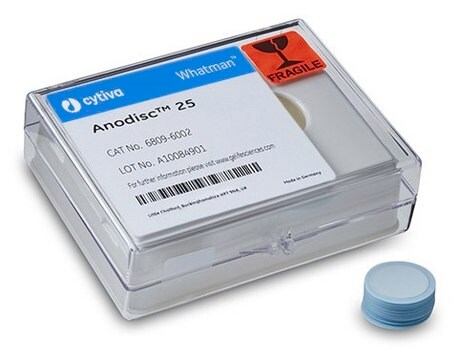GNWP04700
Nylon Membrane Filter, 0.2 μm Pore Size
Millipore, filter diam. 47 mm, hydrophilic
Synonym(s):
Hydrophilic Nylon net membrane filter, Nylon Net Filter
About This Item
Recommended Products
material
Nylon membrane
plain filter
white filter
description
0.2 um pore size, hydrophilic nylon membrane, 47 mm diameter
sterility
non-sterile
feature
hydrophilic
manufacturer/tradename
Millipore
filter diam.
47 mm
thickness
170 μm
pore size
0.2 μm pore size
bubble point
≥2.8 bar, air with water at 23 °C
shipped in
ambient
Looking for similar products? Visit Product Comparison Guide
Application
- Sterilizing filtration†
- Bioassays
- Solvent filtration
- PFAS Sample filtration
- extracts of Caulobacter crescentus for metabolomics studies
- Carissa carandas extracts before high-performance liquid chromatography (HPLC)
- buffers for HPLC
Features and Benefits
- Nylon filters are available in a wide range of pore sizes.
- Resistant to aggressive solvents.
- Compatible with a broad range of solvents.
- Applicable for clarification of particles and solvent filtration.
Other Notes
- Organism Retention: Microorganism
- Mode of Action: Filtration (size exclusion)
- Application: General laboratory filtration
- Intended Use: Retention or removal of biological contaminants
- Instructions for Use: Sterilizing filtration of a liquid through a membrane with a 0.2 μm (or smaller) pore size effectively removes biological contaminants, including bacteria, mold and yeast
- Storage Statement: Store in dry location
- Disposal Statement: Dispose of in accordance with applicable federal, state and local regulations.
Certificates of Analysis (COA)
Search for Certificates of Analysis (COA) by entering the products Lot/Batch Number. Lot and Batch Numbers can be found on a product’s label following the words ‘Lot’ or ‘Batch’.
Already Own This Product?
Find documentation for the products that you have recently purchased in the Document Library.
Customers Also Viewed
Our team of scientists has experience in all areas of research including Life Science, Material Science, Chemical Synthesis, Chromatography, Analytical and many others.
Contact Technical Service







